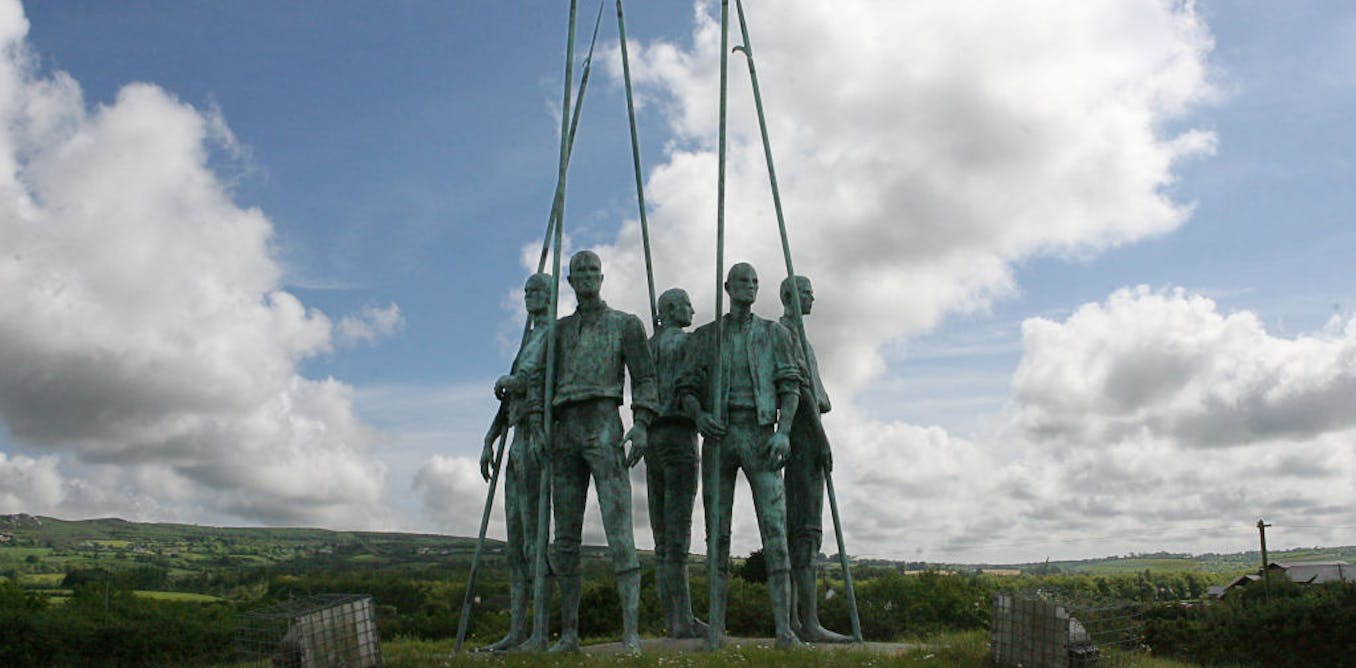
"At the time, Ireland was a kingdom within the state of Great Britain. The island's three religious factions had long been divided."
"A new organization, the Society of United Irishmen, was established in the early 1890s in Belfast, and chapters quickly spread to Dublin and across the country."
"By 1798, a quarter of a million men, many armed with long-handled, iron-tipped pikes, awaited the summons."
"It was the last time Catholics and Presbyterians in Ireland would unite under one banner in a really meaningful way until 1998."
On May 23, 1798, a mail coach was attacked near Dublin, igniting a revolutionary fervor across Ireland. At that time, Ireland was divided into factions: Anglicans, Presbyterians, and Catholics. The Society of United Irishmen was formed to advocate for a republic modeled after the United States and France, attracting members from all factions, including prominent figures like Lord Edward Fitzgerald. The 1798 uprising marked the last significant unification of Catholics and Presbyterians until the 1998 Good Friday Agreement.
Read at The Conversation
Unable to calculate read time
Collection
[
|
...
]